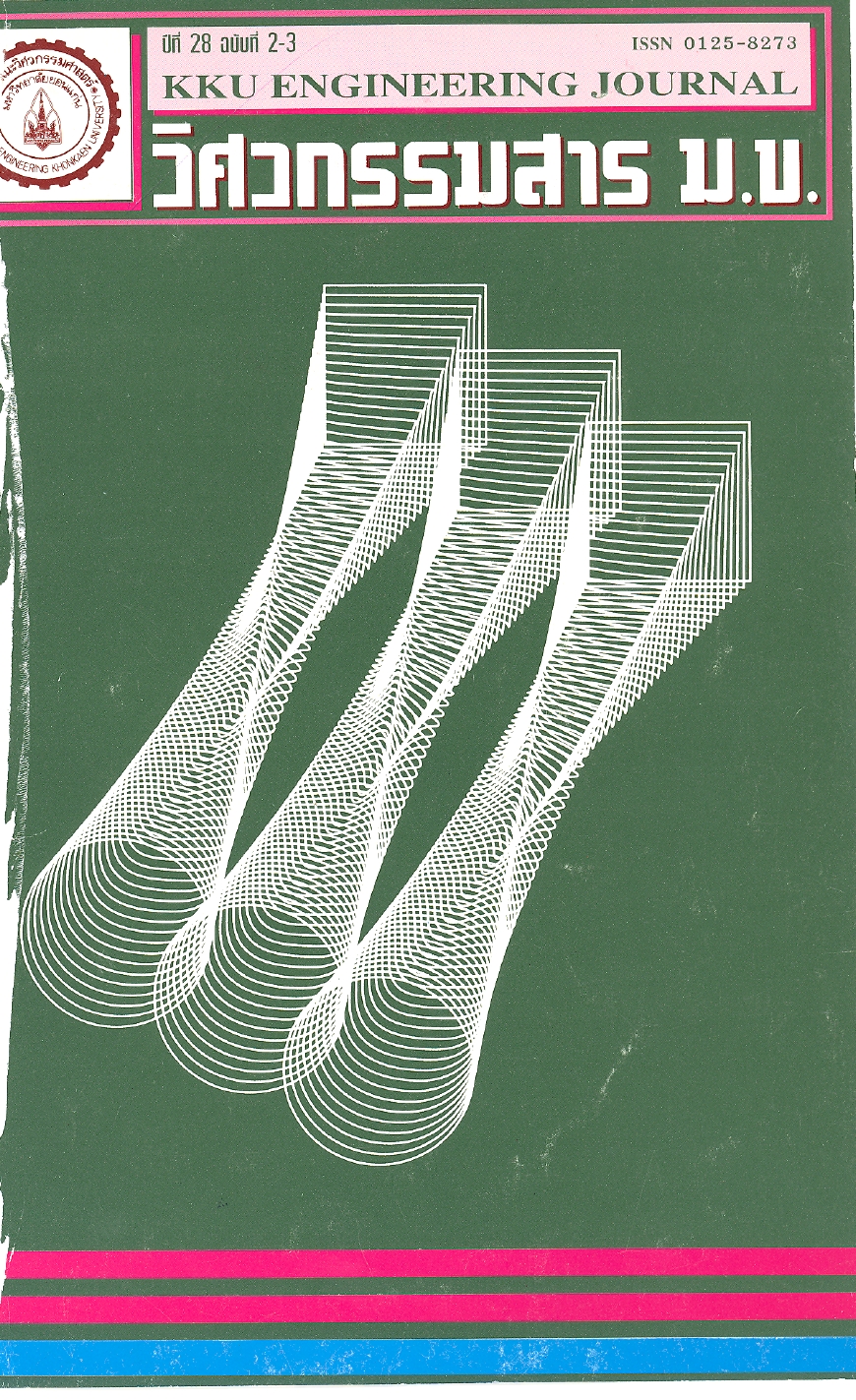An Operational Control of Multi-direction Automated Guided Vehicle in a Flexible Manufacturing System
Main Article Content
Abstract
The objective of this research is to study the factors that affect FMS which addressed multi-direction AGV. The experiment was performed under various factors, i.e. number of AGV, number of carry load, and entity. The performance indexes, used in this experiment, are mean flow time, job done, and average machine utilization.
The Greedy algorithm, Dijkstra algorithm, and Map Table were applied to resolve the collision problem of AGVs. These algorithms will calculate the new shortest distance for AGV.
Simulation results indicated that all factors affect every performance indexes at 95% significance level. The number of AGV was found to be the major effect on the FMS. The carry load indicated minor effect and the entity shows less effect on FMS. The appropriate number of AGV, carry load, and entity were found to be 3, 3 and 60-80 respectively.
Article Details
This work is licensed under a Creative Commons Attribution-NonCommercial-NoDerivatives 4.0 International License.



